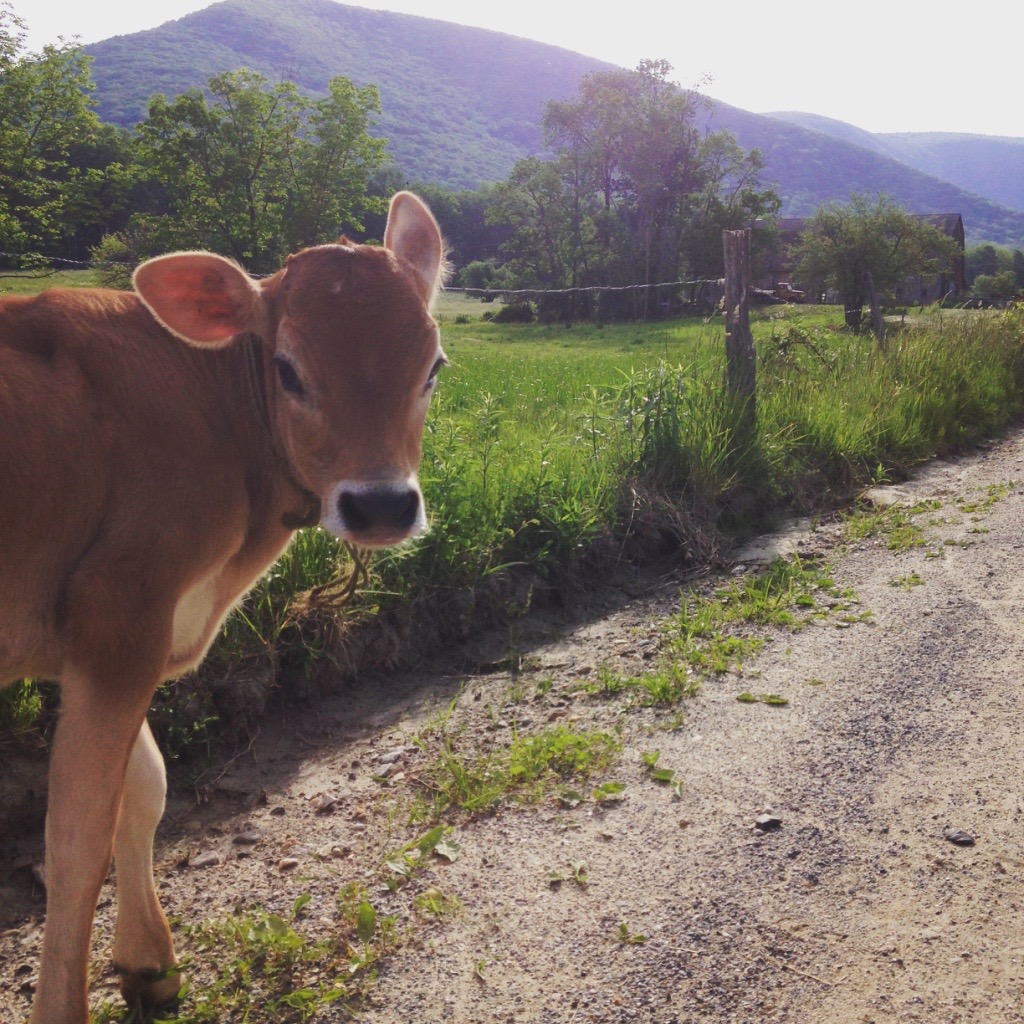Natural climate solutions are conservation, restoration, and improved land management practices that increase carbon storage or avoid greenhouse gas emissions in forests, agriculture, wetlands, grasslands, and urban areas. As concerns about the current and future impacts of climate change mount, natural climate solutions are of great interest as a climate mitigation strategy. A 2017 study reported that natural climate solutions have the potential to provide up to 37 percent of the emissions reductions and carbon sequestration needed to keep global temperature increase under 2 degrees Celsius by 2030 (Griscom et al. 2017). Large-scale tree planting programs, in particular, have been the focus of many natural climate solutions initiatives and have garnered international interest and financial support. Tree planting is prominent in several federal policy proposals in the United States, including the Trillion Trees Act (2020), the Biden Climate Plan (2020), proposed COVID-19 economic stimulus packages, as well as in the Senate Democrats’ Special Committee on the Climate Crisis and the Climate Change Reports from the House Select Committee.
A number of policy makers and scientists have proposed that tree planting projects should be implemented through afforestation of marginal farmland, or by establishing agroforestry in new or existing agricultural systems. The World Resources Institute (WRI) reports that 15 billion trees could be planted on agricultural lands in the U.S. through silvopastoral systems and cropland agroforestry production (alley cropping and windbreaks) while maintaining agricultural yields (Rudee, 2020, Waite and Rudee, 2020). These data suggest the carbon sequestration benefits of silvopasture and cropland agroforestry could be as high as 147 MtCO2 per year—roughly equivalent to replacing 30 million gasoline-fueled passenger vehicles with electric vehicles running on clean energy for one year. While such projections are hopeful, calls for extensive investment in large-scale tree planting initiatives have been met with skepticism and controversy. Although robust literature exists regarding barriers to agroforestry adoption (Orefice et al. 2017, Mattia et al. 2018, Valdivia et al. 2012, Zabala et al. 2017), public policy has yet to outline implementation strategies that effectively translate climate policy opportunity into action “on-the-ground.” Contemporary and locally relevant research must be conducted to explore the willingness of landowners to adopt or integrate new practices specific to nascent tree planting policies. Of particular interest is the scale and speed with which landowners and practitioners are willing to integrate new practices, their capacity to maintain trees long-term, and the policies and conditions that will be necessary to ensure the sustained success of tree planting programs on agricultural lands.
Through support from the Regenerative Agriculture Initiative at the Center for Business and the Environment at Yale (CBEY), we are conducting research to better understand the perspectives of practitioners on planting trees on agricultural lands. In particular, we are investigating the potential of tree planting on dairy farms in New York. Agriculture is a $5.7 billion industry in the state and milk is the largest agricultural commodity (USCA NASS, 2017 Census of Agriculture). Dairy farms in New York vary in scale and production approach. Farmers employ a myriad of land management practices, including wood-lot management and on-farm production of forage through pasture and row crop cultivation, providing multiple lenses to examine the practicality of tree planting initiatives on agricultural lands (Figure 1). A robust understanding of the perspectives and needs of practitioners and landowners from the dairy industry in New York should provide insight on key factors that must be carefully considered when thinking about increasing tree planting, including practitioner livelihoods, the diversity of land management and production strategies, and the implications and feasibility of current and proposed policy measures.

We are conducting interviews and an extensive literature review to examine the potential for the adoption of agroforestry practices as part of multi-faceted natural climate solutions policy. The objective of our work is to elevate the perspectives of landowners and agricultural practitioners. Although tree planting initiatives have garnered great interest due to their climate change mitigation potential, we are seeking to highlight the co-benefits of afforestation and agroforestry for landowners and practitioners as well, including diversifying income, fostering long-term relationships with land, providing ecosystem services, and bolstering resilience. We will share our research with state and federal representatives, as well as with landowners and practitioners, to inform how tree planting initiatives can successfully support agroforestry and afforestation as policy on natural climate solutions develops. We are in the early stages of research and welcome feedback on our scope of work.
Please contact us if you would like to learn more about our project or would be willing to be interviewed for our research (This email address is being protected from spambots. You need JavaScript enabled to view it., This email address is being protected from spambots. You need JavaScript enabled to view it., This email address is being protected from spambots. You need JavaScript enabled to view it.).
References:
Griscom, Bronson W., et al. (2017) "Natural climate solutions." Proceedings of the National Academy of Sciences 114.44: 11645-11650.
Mattia, Chloe M., et al. (2018) "Identifying barriers and motivators for adoption of multifunctional perennial cropping systems by landowners in the Upper Sangamon River Watershed, Illinois." Agroforestry Systems 92.5: 1155-1169.
Orefice, Joseph, et al. (2017) "Silvopasture practices and perspectives in the Northeastern United States." Agroforestry Systems 91.1: 149-160.
Rudee, Alex. (2020) “How and Where to Plant 60 Billion Trees in the US” https://www.wri.org/blog/2020/02/how-where-plant-trees-us.
USDA National Agricultural Statistics Service, 2017 Census of Agriculture. Complete data available at www.nass.usda.gov/AgCensus.
Valdivia, Corinne, et al. (2012) "Between forestry and farming: Policy and environmental implications of the barriers to agroforestry adoption." Canadian Journal of Agricultural Economics/Revue canadienne d'agroeconomie 60.2): 155-175.
Waite, Richard, and Alex Rudee (2020) “6 Ways the US Can Curb Climate Change and Grow More Food” https://www.wri.org/blog/2020/08/us-agriculture-emissions-food.
Zabala, Aiora, et al. (2017) "Payments for pioneers? Revisiting the role of external rewards for sustainable innovation under heterogeneous motivations." Ecological Economics 135: 234-245.

